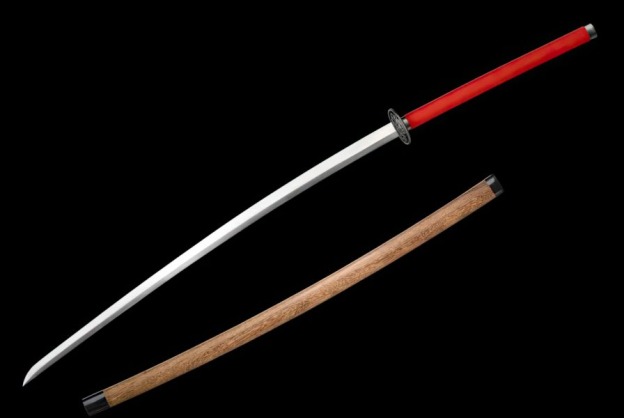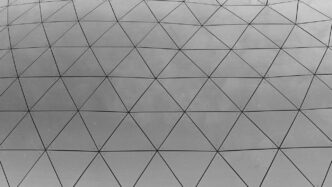Chinese swords, with their rich history and diverse styles, have fascinated enthusiasts and historians alike for centuries. This ultimate guide will explore Various Chinese sword types, highlighting their unique characteristics and historical significance. Whether you’re a martial artist, a historian, or simply curious, this guide will provide a comprehensive overview of these remarkable weapons.
Introduction to Chinese Swords
Chinese swords, known as “Jian” and “Dao,” are categorized based on their shape, usage, and historical period. The two primary types of Chinese swords are:
- Jian– A double-edged straight sword.
- Dao– A single-edged curved sword.
The Jian: The Gentleman’s Sword
History and Development
The Jian is one of the oldest sword types in China, dating back to the Spring and Autumn period (770-476 BC). Known as the “gentleman’s sword,” the Jian was favored by scholars and warriors alike for its elegance and versatility.
Characteristics
- Blade: Double-edged and straight.
- Length: Typically ranges from 18 to 36 inches.
- Handle: Often adorned with intricate designs and sometimes made of precious materials.
Notable Types of Jian
- Warring States Jian: Known for its exquisite craftsmanship and balance.
- Han Dynasty Jian: Longer and more ornate, reflecting the era’s advanced metallurgical skills.
The Dao: The Warrior’s Sword
History and Development
The Dao, often referred to as the “saber” or “broadsword,” became prominent during the Han Dynasty (206 BC – 220 AD). It was widely used by soldiers due to its effectiveness in cutting and slashing.
Characteristics
- Blade: Single-edged and slightly curved.
- Length: Varies from 24 to 30 inches.
- Handle: Typically straight, with a simple and functional design.
Notable Types of Dao
- Han Dao: Early version, straight or slightly curved, used by infantry.
- Tang Dao: Slightly more curved, with an improved cutting edge.
- Ming Dao: Heavier and broader, designed for battlefield use.
Other Prominent Chinese Swords
The Hook Sword
The Hook Sword, or “Gou Lian Dao,” is unique for its hooked blade and guard. Often used in pairs, these swords were popular in traditional Chinese martial arts.
Characteristics
- Blade: Single-edged with a hook at the tip.
- Length: Approximately 35 inches.
- Handle: Features a crescent guard and a sharpened hilt.
The Butterfly Sword
The Butterfly Sword, or “Hudie Dao,” is a short, single-edged blade used primarily in Southern Chinese martial arts, particularly Wing Chun.
Characteristics
- Blade: Single-edged and short.
- Length: Around 12 to 14 inches.
- Handle: Designed for easy concealment and quick deployment.
Cultural Significance of Chinese Swords
Chinese swords are more than just weapons; they are symbols of power, honor, and art. The intricate designs and high-quality craftsmanship reflect the culture and values of the periods in which they were made. Swords often featured in Chinese literature, folklore, and art, symbolizing the virtues of the warrior and the scholar.
Modern Use and Collecting
Today, Chinese swords are popular among martial artists, collectors, and historians. Practitioners of traditional Chinese martial arts often use Jian and Dao for training and performances. Collectors seek out antique swords for their historical value and craftsmanship. Modern swordsmiths continue to produce high-quality replicas, keeping the tradition alive.
Conclusion
The diverse and fascinating world of various Chinese sword types offers something for everyone. From the elegant Jian to the formidable Dao, each sword type has its unique history and characteristics. Understanding these differences enriches our appreciation of Chinese culture and the martial arts. For more detailed information, visit Battle Blades, your ultimate resource for all things related to Chinese swords.












